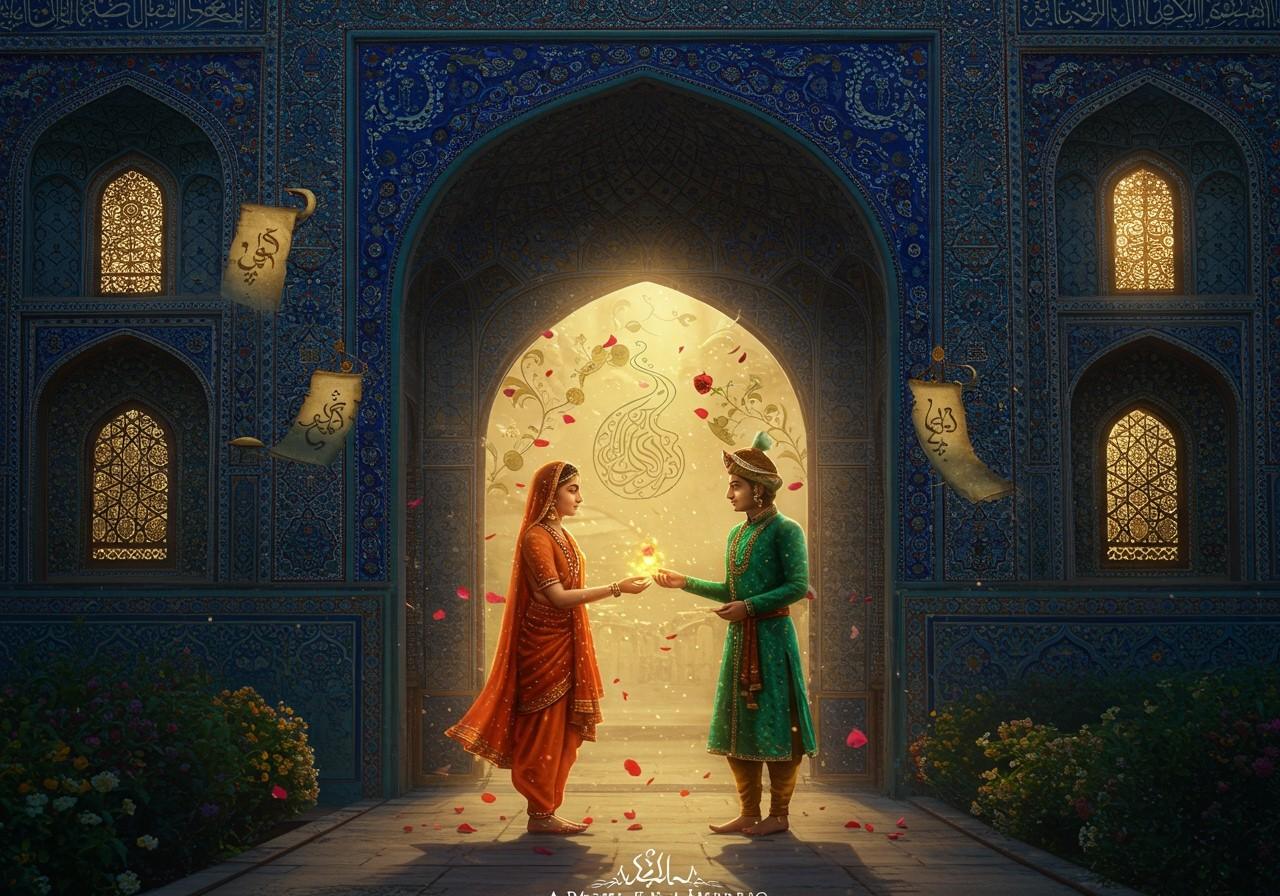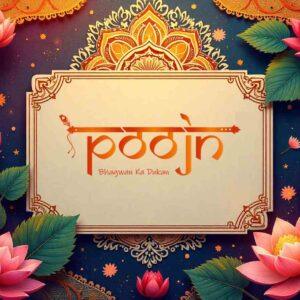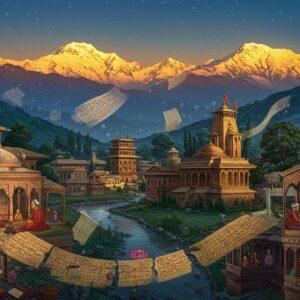
Urdu, a language with deep cultural roots in the Indian subcontinent, holds a unique position in the world today. It acts as a bridge between diverse cultures and historical periods. This exploration delves into Urdu’s origins, its elegant script, its fascinating relationship with Hindi, and its enduring impact on literature, culture, and modern society.
The Genesis of Urdu
Urdu emerged during the Mughal era (around the 9th and 10th centuries), a period of significant cultural exchange. Developing from Khari Boli, a dialect spoken in the Delhi region, Urdu absorbed influences from Persian, Arabic, and Turkish, shaping its vocabulary and grammar. This fusion of linguistic elements cemented Urdu’s role as a symbol of cultural blending. The Delhi Sultanate and the Mughal Empire further elevated Urdu by using it in administration and literature, fostering its growth as a language of poets, scholars, and everyday communication.
Urdu and Hindi: A Shared Heritage
Urdu’s connection to Hindi traces back to their common ancestor, Khari Boli, also known as Hindavi, Hindi, or Hindustani. This shared origin explains the mutual intelligibility between spoken Urdu and Hindi. Both languages share an Indo-Aryan base, with a substantial portion of Urdu’s vocabulary, including approximately 99% of its verbs, derived from Sanskrit and Prakrit. This linguistic kinship contributes to the rich tapestry of languages in the Indian subcontinent.
The Art of Urdu Script: Nastaliq
The Nastaliq script, derived from Perso-Arabic roots, is the calligraphic embodiment of Urdu. Known for its graceful, flowing style, Nastaliq is written right-to-left, contrasting with Hindi’s left-to-right Devanagari script. While the transition to digital platforms presented challenges for Nastaliq, its enduring cultural significance has driven efforts to preserve and promote its use. Today, numerous resources are available for those wishing to learn this exquisite script.
The Intertwined Paths of Urdu and Hindi
Urdu and Hindi, while sharing a common linguistic ancestor in Hindustani, embarked on divergent paths due to historical and socio-political influences. The British colonization of India further solidified this division by categorizing Urdu and Hindi as separate languages, associating them with Muslims and Hindus respectively. This distinction extended to their writing systems, with Urdu adopting the Perso-Arabic script and Hindi using Devanagari. Despite these differences, the two languages continue to coexist and influence each other, particularly in popular culture like Bollywood films and music, demonstrating their shared heritage.
Urdu’s Cultural Significance
Urdu’s rich literary traditions encompass poetry, prose, and music. Celebrated in cultural festivals and deeply embedded in Indian cinema, Urdu’s lyrical beauty enhances song lyrics and dialogues, adding depth and emotional resonance. The language plays a crucial role in preserving traditional customs within Indian communities and finds new avenues of expression on digital platforms, connecting people across geographical boundaries. Famous Urdu literary works continue to inspire and connect generations, highlighting the language’s enduring power and elegance.
Urdu in the Modern World
Urdu thrives as a language in India and Pakistan, but faces challenges related to preservation and education in an increasingly globalized world. Governments and cultural organizations play a vital role in promoting Urdu and ensuring its survival. Technology, while presenting challenges, also offers new opportunities for learning and using Urdu, connecting diaspora communities worldwide and fostering a sense of shared cultural identity.
Poojn.in: Celebrating India’s Linguistic Diversity
Poojn.in recognizes and celebrates the rich linguistic diversity of India. We honor this heritage by offering product information in multiple Indian languages, including Urdu (سبز مونگ دال – Green Mung Dal). Our commitment to preserving and promoting cultural and linguistic traditions extends to our product descriptions, customer service, and overall platform experience.
Explore the connection between Urdu, Hindi, and other Indian languages through our collection of traditional pooja items and ingredients, many of which carry names reflecting the shared heritage and composite culture of India.
Premium quality green mung dal is a staple in many religious ceremonies. Complement your rituals with Gheetanjali special ghee, perfect for use in hawans and poojas. Enhance the atmosphere with premium gulab jal. You can also find more information about prasad recipes on our blog.
Visit Poojn.in today to discover a wide selection of authentic pooja items and experience a culturally enriching shopping journey. Our detailed product descriptions in multiple Indian languages make your experience both accessible and meaningful.
[Note: Product availability and prices may vary. Please check our website for the most up-to-date information.]


